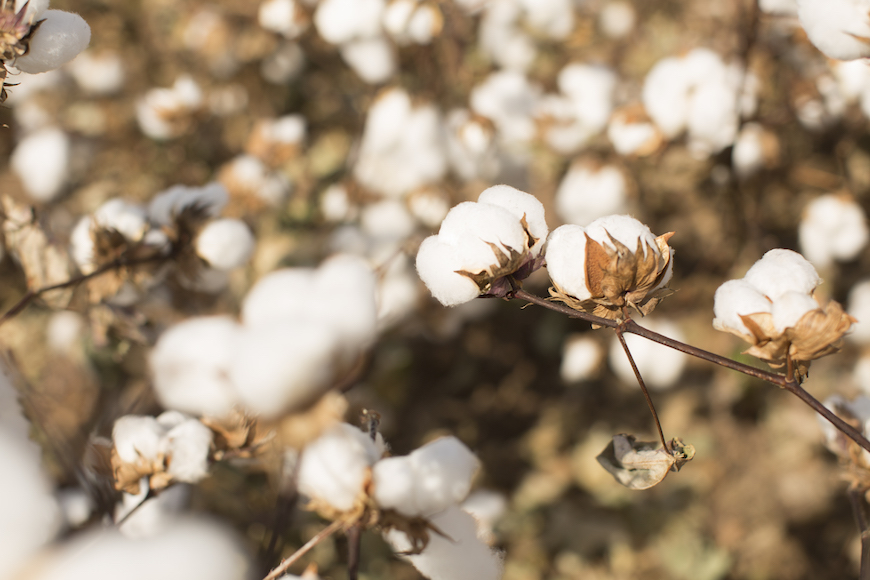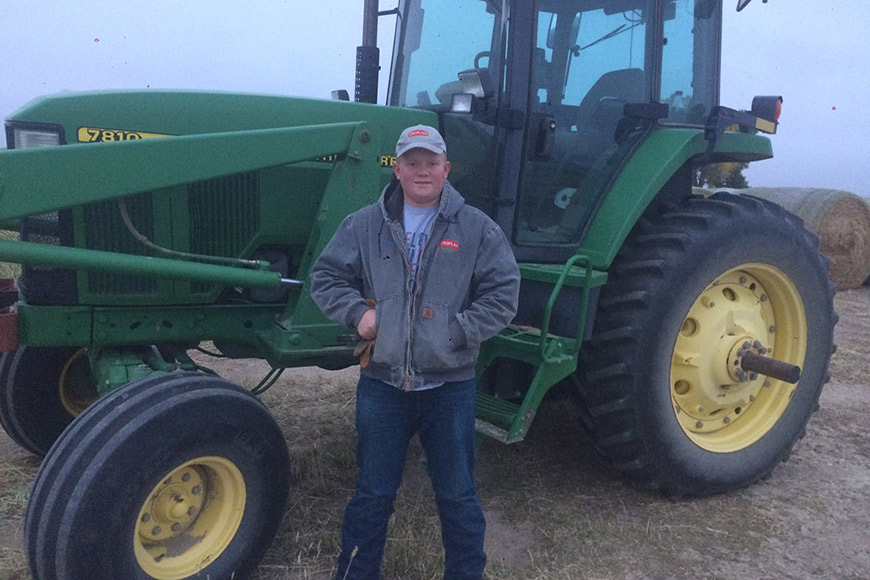3 Ways to Gin Up Your Cotton Management

As a cotton farmer, some of your biggest purchasing decisions for the upcoming season have already been made. While many variables go into the final variety selection ultimately, you have selected the genetics that will best meet your yield goals and the fiber quality that best suits your market. In addition to genetics, chances are you’ve also selected the proper traits to tackle your biggest weed and insect challenges.
In the Armor® brand, for example, you may have chosen seed with the Bollgard® 3 XtendFlex® or Bollgard II® XtendFlex® cotton trait, which can be used with glyphosate, glufosinate and dicamba to provide both insect protection and weed control.
But once you have made your variety selection, it’s equally important to establish the crop and manage it in season. Here are some tips to optimize your cotton’s potential.
Excellent = 160 or above
Good = 140-159
Fair = 120-139
Poor less than 120
The actual cool test score is not printed on the tag. However, you can obtain this information from your seed dealer. To make it easier to get this information, Armor provides the retailer an official certificate of analysis (COA) from Mississippi State University for every lot of seed shipped.
In addition to seed quality, proper seedbed preparation and seed treatments are also important. Base your planting sequence on soil temperature and the Warm-Cool index score. Use the higher index score seed for early planting (cool, wet, no-till etc.) situations, while the lesser index score seed can be utilized in more ideal planting conditions. For early-season disease and pest protection, ensure you have the most appropriate seed treatment for your field conditions. For example, Acceleron® Standard contains an exclusive fungicide and insecticide package to help protect seedlings during the germination and emergence process. If you have a nematode problem, Acceleron Elite is a good choice as it adds a high-quality nematicide to the disease and insect protection of Acceleron Standard.
Lastly, be on the lookout for thrips in the early part of the season as seed treatments begin to lose effectiveness. Controlling piercing-sucking type insects such as plant bugs or fleahoppers is critical to early fruit set. While three-gene technologies have provided excellent control of bollworms in-season, scout two-gene varieties diligently for possible escapes.
Be sure to protect yield potential by taking the necessary steps to make your cotton crop a success. Your local WinField® United retailer can help you make the best choices for your cotton crop to satisfy the needs of the market you’re selling to.
All photos are either the property of WinField United or used with permission.
© 2022 WinField United. Important: Before use always read and follow label instructions. Crop performance is dependent on several factors many of which are beyond the control of WinField United, including without limitation, soil type, pest pressures, agronomic practices and weather conditions. Growers are encouraged to consider data from multiple locations, over multiple years and to be mindful of how such agronomic conditions could impact results. Armor and WinField are trademarks of WinField United. All other trademarks are the property of their respective owners.
In the Armor® brand, for example, you may have chosen seed with the Bollgard® 3 XtendFlex® or Bollgard II® XtendFlex® cotton trait, which can be used with glyphosate, glufosinate and dicamba to provide both insect protection and weed control.
But once you have made your variety selection, it’s equally important to establish the crop and manage it in season. Here are some tips to optimize your cotton’s potential.
1. Start seeds off right.
Yield and fiber quality potential are greatly influenced by genetics and the ability of your cotton crop to get off to a quick start. This quick start begins with seed quality. All cottonseed is tagged with and must meet a minimum warm germ (WG) score of 80%. While the actual WG may be higher than 80%, using this value to adjust planting populations to achieve the desired final stand is necessary to reduce unwanted skips and potential replants, especially when planting in less-than-ideal conditions. Each lot of seed is also assigned a cool germination test (CT) score from lab tests. The CT measures seedling vigor in cool, wet planting conditions and is most often used in conjunction with the WG to determine the Warm-Cool Vigor Index, often referred to as a Texas Cool Test. The index score is determined simply by adding the WG + CT together. The seed lot can then be rated as excellent, good, fair or poor.Excellent = 160 or above
Good = 140-159
Fair = 120-139
Poor less than 120
The actual cool test score is not printed on the tag. However, you can obtain this information from your seed dealer. To make it easier to get this information, Armor provides the retailer an official certificate of analysis (COA) from Mississippi State University for every lot of seed shipped.
In addition to seed quality, proper seedbed preparation and seed treatments are also important. Base your planting sequence on soil temperature and the Warm-Cool index score. Use the higher index score seed for early planting (cool, wet, no-till etc.) situations, while the lesser index score seed can be utilized in more ideal planting conditions. For early-season disease and pest protection, ensure you have the most appropriate seed treatment for your field conditions. For example, Acceleron® Standard contains an exclusive fungicide and insecticide package to help protect seedlings during the germination and emergence process. If you have a nematode problem, Acceleron Elite is a good choice as it adds a high-quality nematicide to the disease and insect protection of Acceleron Standard.
2. Know your fertility goals.
Start the season with a representative soil test and address any nutrient deficiencies, especially in boron, potassium, phosphorus and zinc. Nutrient deficiencies will result in smaller bolls and poor fruit retention. Talk with your agronomist about taking tissue samples at key growth stages to ensure nutrient availability throughout the season. With high fertility prices, it will be important to prioritize applications with accurate testing results. Nitrogen is essential, but you don’t want to apply too much. A split application usually works best, but if you need to apply all your nitrogen up front, include a stabilizer, so it is available later in the season.3. Scout at least every seven days.
Diligent scouting will inform you of any weed or insect threats in your fields. Layer your herbicide applications, starting with a pre-emerge and following up with a timely post-emerge application. Refer to your herbicide label or manufacturer to estimate the length of residual control and take into account environmental impacts such as rain or extended dry periods. Considering this season’s product allocations and supply challenges, it will be especially important to work closely with your retail agronomist to ensure they have product on hand for timely applications.Lastly, be on the lookout for thrips in the early part of the season as seed treatments begin to lose effectiveness. Controlling piercing-sucking type insects such as plant bugs or fleahoppers is critical to early fruit set. While three-gene technologies have provided excellent control of bollworms in-season, scout two-gene varieties diligently for possible escapes.
Be sure to protect yield potential by taking the necessary steps to make your cotton crop a success. Your local WinField® United retailer can help you make the best choices for your cotton crop to satisfy the needs of the market you’re selling to.
All photos are either the property of WinField United or used with permission.
© 2022 WinField United. Important: Before use always read and follow label instructions. Crop performance is dependent on several factors many of which are beyond the control of WinField United, including without limitation, soil type, pest pressures, agronomic practices and weather conditions. Growers are encouraged to consider data from multiple locations, over multiple years and to be mindful of how such agronomic conditions could impact results. Armor and WinField are trademarks of WinField United. All other trademarks are the property of their respective owners.




